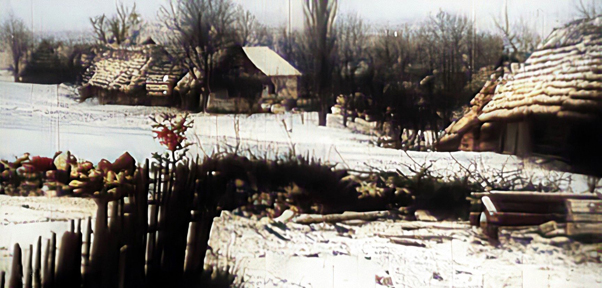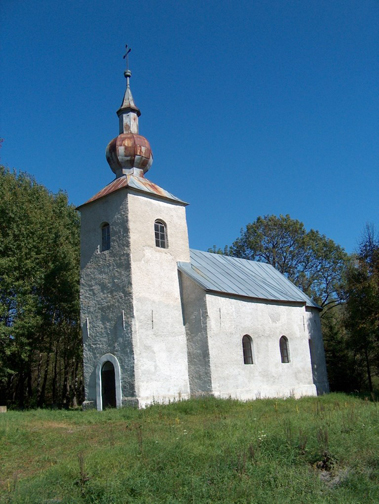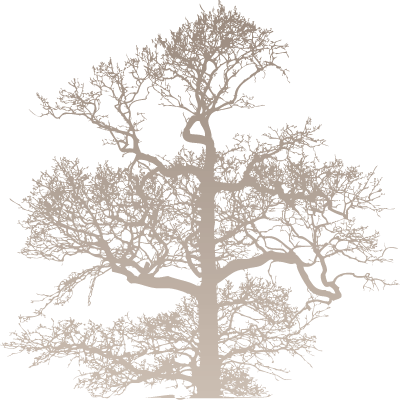The first mention of Valaskovce appears to be in 1634 when the municipality of Humenne requested farmers from Valasky to settle the area. During the 18th century this village was the property of the Dernath family and then passed to the Ocskay and Bemyopvszky families in the 21st century. The area soils were poor and due to its rural location, villagers worked cutting wood and performed limited farming and sheep herding. The village is to the north of the Vihorlat mountain peak. During 1936 the government decided to disband the village. Homes were provided in Humenne and the villagers were relocated, this continued in stages until 1953. The area in Humenne was nicknamed “New Valaskovce” and this is where the decedents of the original villagers reside today. Recently, a few of these decedents began their own lumber company which is registered in Humenne but operates in Valaskovce and the surrounding area. The village today has been converted into a Slovak Military training base which is not in use full time. All former homes of residents have been removed and roads to this area are deserted.
Over time there have been varying names for the village:
1786 Walaszka, Walaszkócz, 1808 Valaskócz, Walásskowce, 1863, 1888–1902 Valaskóc, 1873–1882 Valyaskóc, 1907–1913 Pásztorhegy, 1920–1937, 1953– Valaškovce.
Village Size:
The village is in present day Humenne district, Presov Region, Eastern Slovakia. The village is approximately 5 miles in size and approximately 1,600 feet about sea level.
Church:
The stone Greek Catholic Church of Saints Peter and Paul was constructed in 1832, a prior wooden church possibly existed. Names of Greek Catholic priests who served as pastor of the church were: 1726-1726 Teodor Ustinski, 1742-1750, Jan Uchalevic, 1788-1788, Stefan Mogarovic, 1795-1806-Peter Tarasovic, 1817-1821, Arsen Petrikovic, 1822-1830, Demeter Bukovecky, OSBM, 1830-1843-Michal Tutkovic, 1844-1850-Stefan Petrasovic, 1850-1855, Michal Gojdic, 1855-1860, Emanuel Bihary, 1860-1873, Stefan Zacharias, 1873-1873, Michal Lukac, 1873-1879, Anton Podhajecky, 1879-1882, Juraj Mackov, 1883-1887, Mikulas Rojkovic, 1889-1891, Mikulas Il’kovic, 1891-1897, Andrej Artim and the last full time pastor listed for the village was 1932-1936, Jozef Sirko.
Population:
As of the 1869 census, there were 42 homes in the village. In 1914 there were approximately 250 residents of the village, 236 were Ruthenians, 11 Slovak and 3 Hungarian. A listing of religious affiliation listed 242 Greek Catholics and 8 Roman Catholics.


Church Photo Credit - Bob Balog




